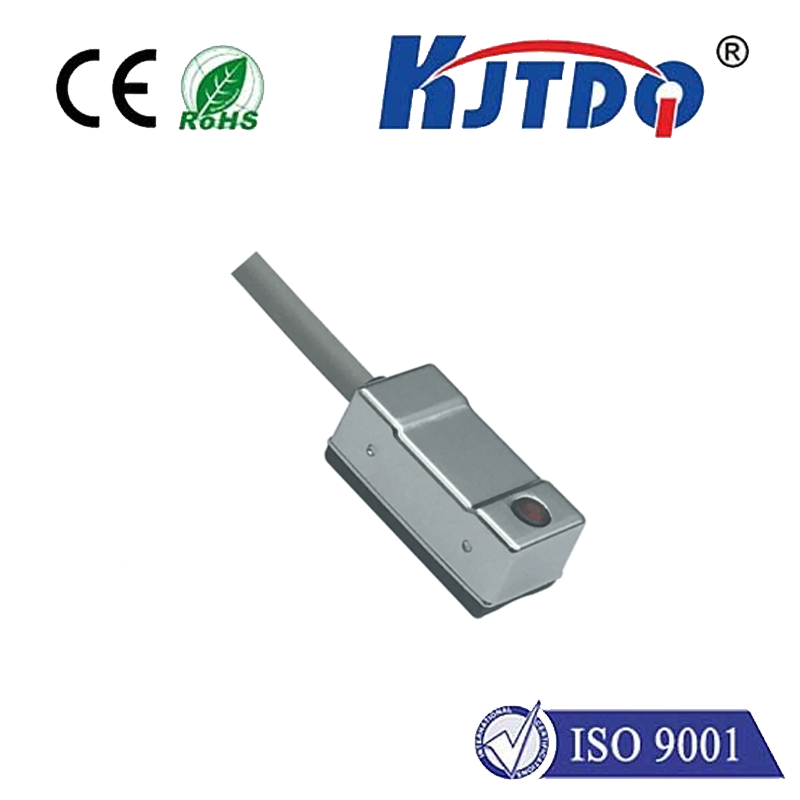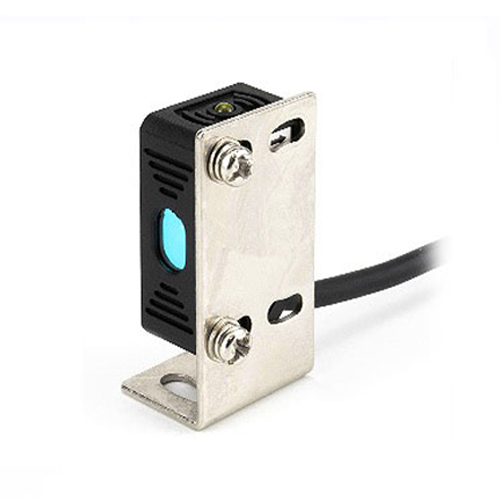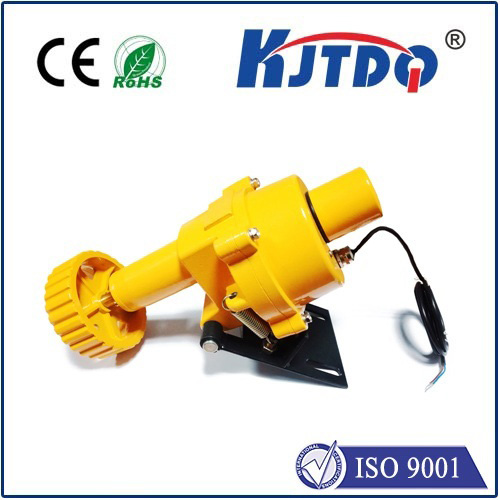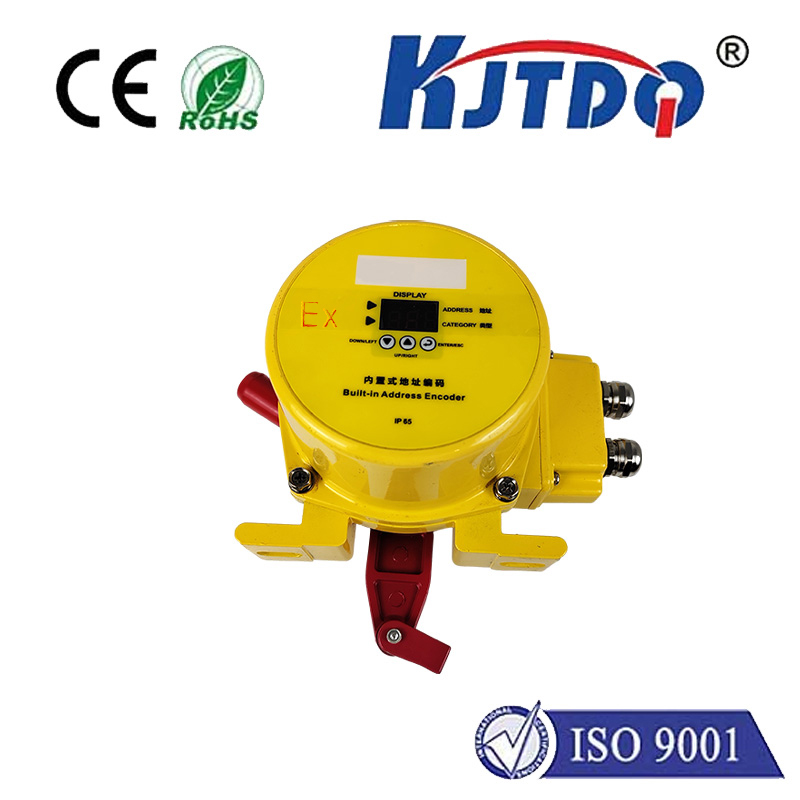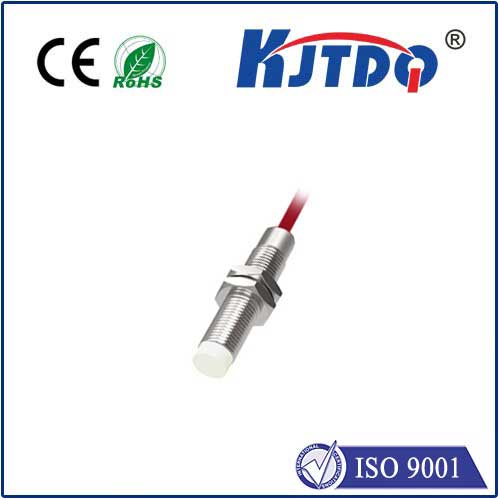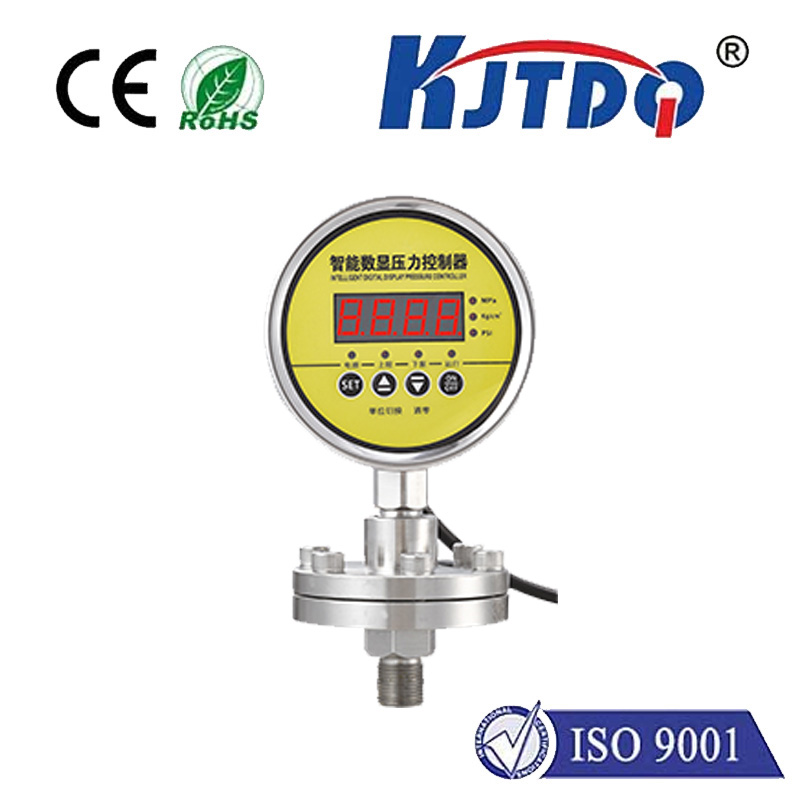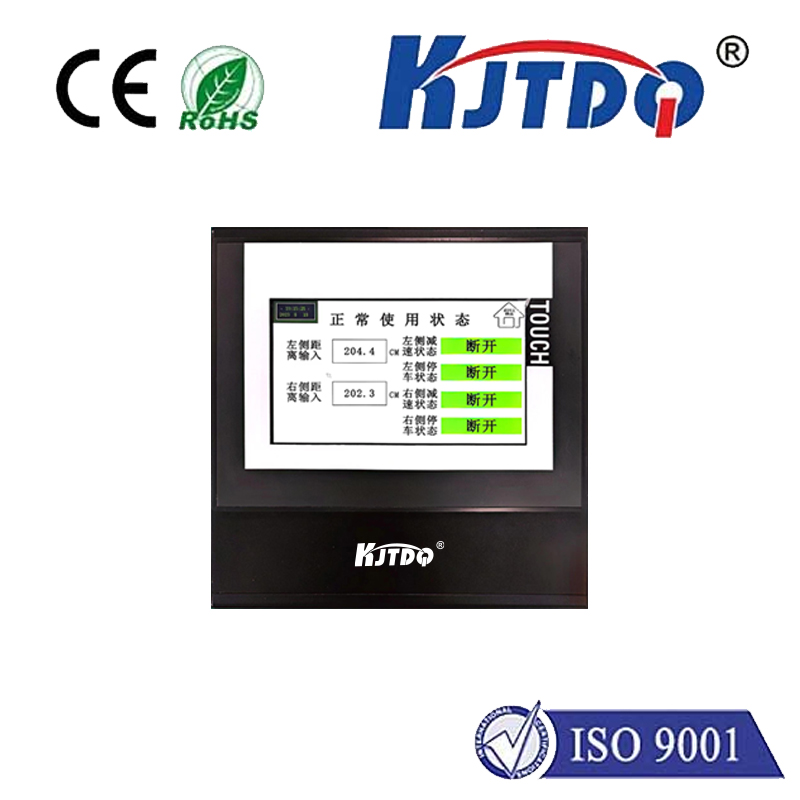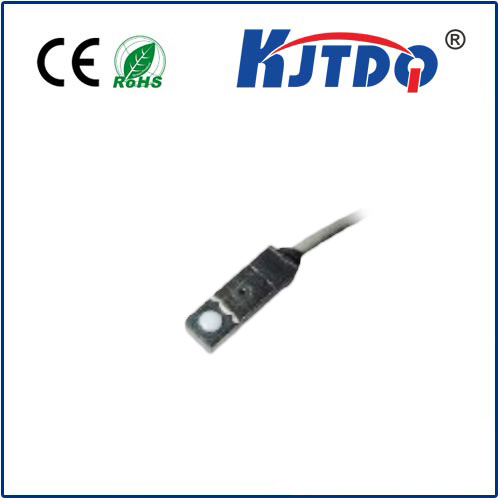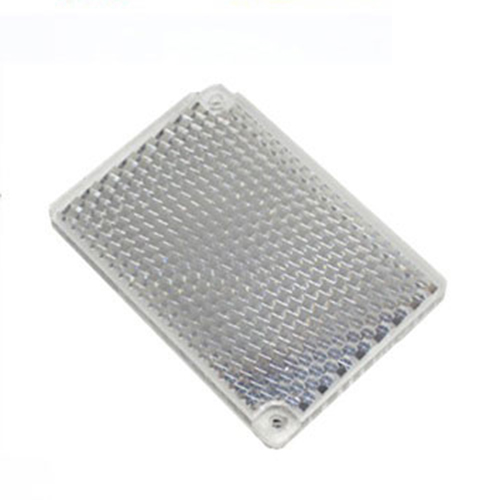

check

check

check

check

check

check

check

check

check

check
Title: The Power of Precision Laser Distance Sensors in Modern Technology
As the world continues to advance technologically, precision laser distance sensors play a vital role in various industries, from automotive manufacturing to industrial automation. These small yet mighty devices use laser technology to measure distances with exceptional accuracy and reliability. In this article, we'll explore the applications of precision laser distance sensors, their advantages over traditional methods, and how they are revolutionizing the way we measure things.
The concept behind a precision laser distance sensor is simple: it emits a pulse of light from its laser diode, which travels through the air until it reaches its target object. When the light reflects back to the sensor, it hits a photodiode or an IR-LED, triggering a change in its electrical signal. By analyzing this signal, the sensor can determine the distance between the sensor and the object.

One of the key benefits of precision laser distance sensors is their high accuracy. Unlike traditional methods such as ruler markings or optical contacts, laser sensors can measure distances down to nanometers or even picometers. This level of accuracy makes them ideal for applications where precise measurements are critical, such as in medical diagnostics or aerospace engineering.
Another advantage of precision laser distance sensors is their flexibility. They can be used on a wide range of surfaces, including mirrors, glass, plastic, and metal. This makes them suitable for a variety of applications, from measuring the distance between vehicles and road signs to monitoring the temperature of industrial machinery.
In addition to their accuracy and flexibility, precision laser distance sensors also offer several other advantages over traditional methods. For example, they do not require any contact with the measured surface, which reduces the risk of contamination or wear and tear. They are also immune to electromagnetic interference (EMI) and radiofrequency interference (RFI), making them ideal for use in noisy environments.
Despite these advantages, there are some challenges associated with using precision laser distance sensors. One major challenge is maintaining accurate calibration over time. Since laser sensors emit pulses of light that are affected by factors such as temperature and ambient light, it is essential to regularly calibrate them to ensure accurate readings. Another challenge is handling the intense light emitted by laser diodes, which can cause eye damage if not handled properly. Therefore, it is crucial to follow proper safety guidelines when working with these devices.
In conclusion, precision laser distance sensors have revolutionized the way we measure distances in various industries. Their high accuracy, flexibility, and immunity to EMI and RFI make them ideal for applications where precise measurements are critical. While there are some challenges associated with using these devices, ongoing research and development are addressing these issues and ensuring even greater performance from these cutting-edge technologies.
